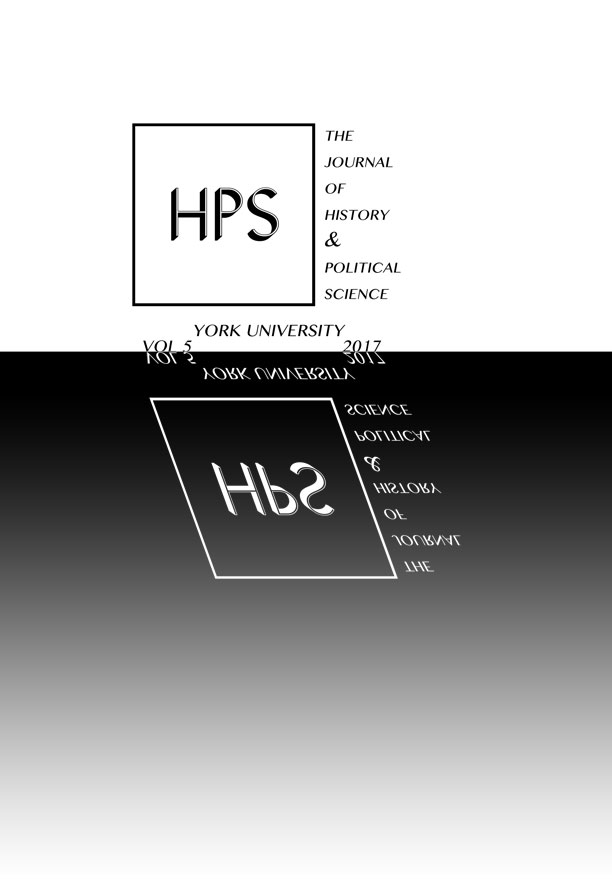“Comme des bons pères de famille:” Masculinity, Patriarchy, and the Transnational Violences of Slavery in French Colonial North America
DOI:
https://doi.org/10.25071/2291-3637.40243Abstract
French colonial Louisiana has long captured the imaginations of academic and amateur historians alike. However, the histories of French Louisiana and New Orleans have often been analyzed within the canon of American history, overlooking its transnational and transcontinental connections to New France and the French Empire. This paper mobilizes 18th Century court documents from French colonial New Orleans that detail an assault perpetrated by a plantation overseer against enslaved workers. Jacques Charpentier dit le Roy migrated to Louisiana from what is now known as Canada, and was employed as an overseer by plantation owner and Superior Council member Amyault d’Auseville. Charpentier’s violent conduct led to the death of an enslaved man by the name of Brunet, and perpetrated multiple physical and sexual assaults against enslaved women, including Brunet’s wife, Bizao. The d’Auseville vs. Charpentier case not only illustrates the violence of slavery within the French Empire, but also the ways in which class differences were mobilized to entrench racial hierarchies. Above all, the case shows that the institution of slavery was sustained by migrations within the French Empire in North America, and provides concrete evidence of the transnational and transcontinental nature of slaveholding. This paper problematizes historiographical arguments that slavery was ‘less brutal’ in the French Empire by bringing the d’Auseville vs. Charpentier case in conversation with the Codes Noirs and its patriarchal foundations.

